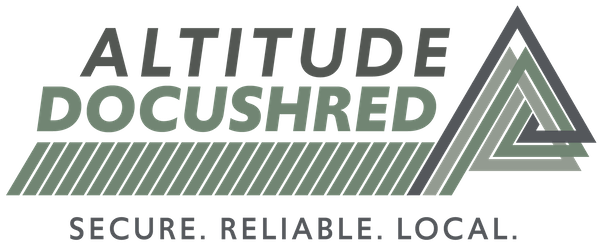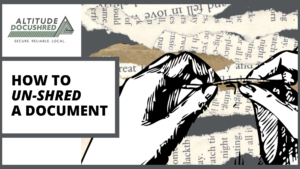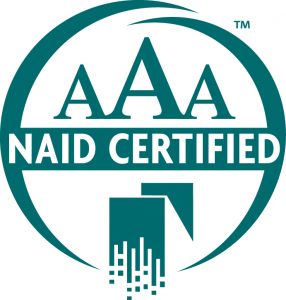How to Un-Shred a Document
In a time like ours when Personally Identifiable Information (PII) is as valuable as cash, the recipe for information theft is simple: Sprinkle old-fashioned human ingenuity on top a heaping pile of greed, then fold into a bowl of 21st century nanotech.
Here are two true stories of how human ingenuity and emerging technologies were successful at literally un-shredding documents. Spoiler alert! Store-bought shredders, now more than ever, leave your information more vulnerable to identity thieves. Read on and see if you agree.
First, we take you back to 1979. On November 4th of that year, Iranian militants stormed the U.S. Embassy in Tehran. In addition to the hostage crisis that followed, dozens of top-secret U.S. government security documents were stolen.
Here’s the kicker: The documents had already been sent through the office shredder.
Later, under orders of the Iranian government, local carpet weavers accomplished a seemingly impossible task. By hand, they wove back together the shredded remains of pages and pages of U.S. military secrets, all of which were later published by the Iranian government. This endeavor took many workers several years to complete. But, what if the same result could be accomplished in just days?
Fast forward to 2011.
The Defense Advanced Research Projects Agency (DARPA), the Pentagon’s research arm, launched a competition inviting 9,000 teams to attempt the reassembling of five shredded hand-written documents. First, the documents were destroyed using a standard office shredder. Next, the 10,000+ shreds were presented to the competing teams online in digital format.
600 hours later a winning team emerged.
Finally, a group of California computer programmers calling themselves “All Your Shreds Are Belong to Us” (named ironically after a popular video game meme, “All Your Base are Belong to Us”) reassembled all 10,000+ shreds. With the help of computer vision, they reconstructed the shredded documents using a simple program matching the ink on each shred with the shape of each tear and recommending possible matches.
Later, when interviewed by BBC News Magazine about the future impacts of this technology, Octavio Good, the winning team’s leader had this to say:
“What we’ve done here is we’ve set the bar for where security’s at. A lot of these shredders are maybe not as secure as you thought, and maybe you should get a better shredder if you want these really and truly not to be assembled.”
As we say here at Altitude DocuShred, ‘If something’s worth doing, it’s worth doing right!’
Don’t take chances with your personal and financial information.
Connect with us today for a solution to your document, data or product destruction needs!



